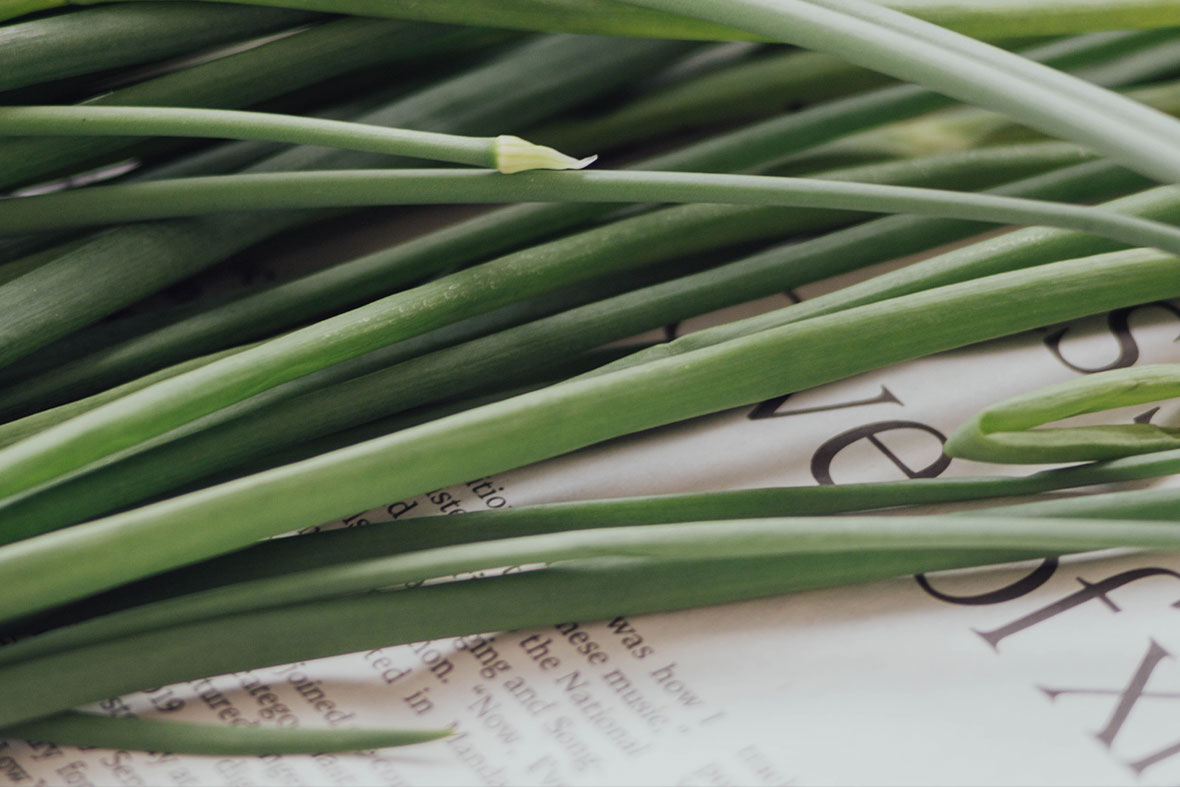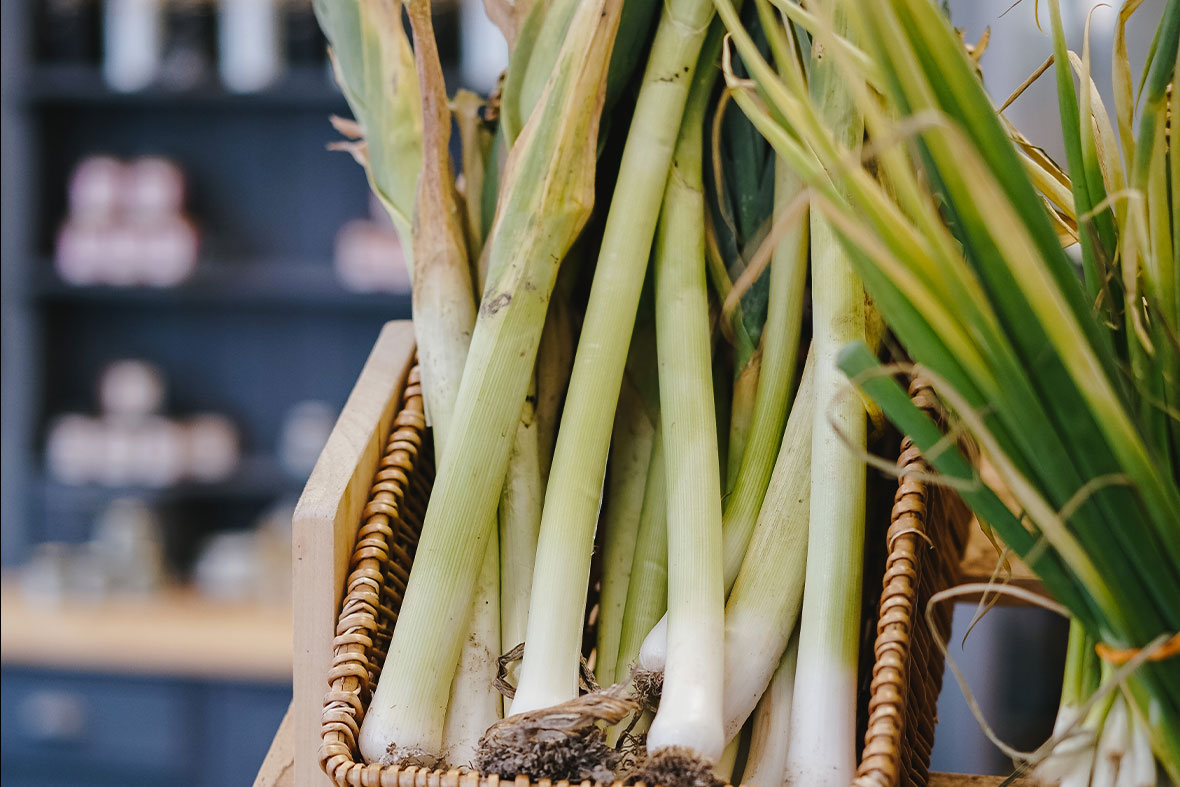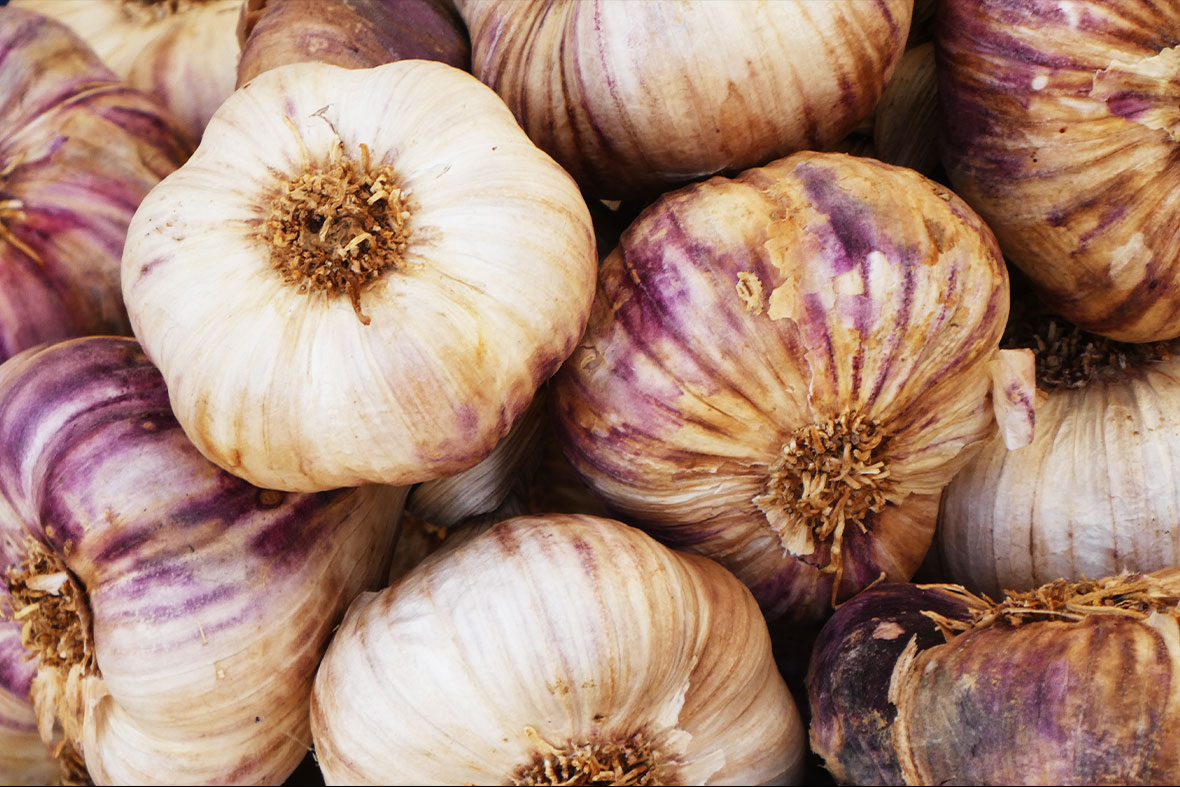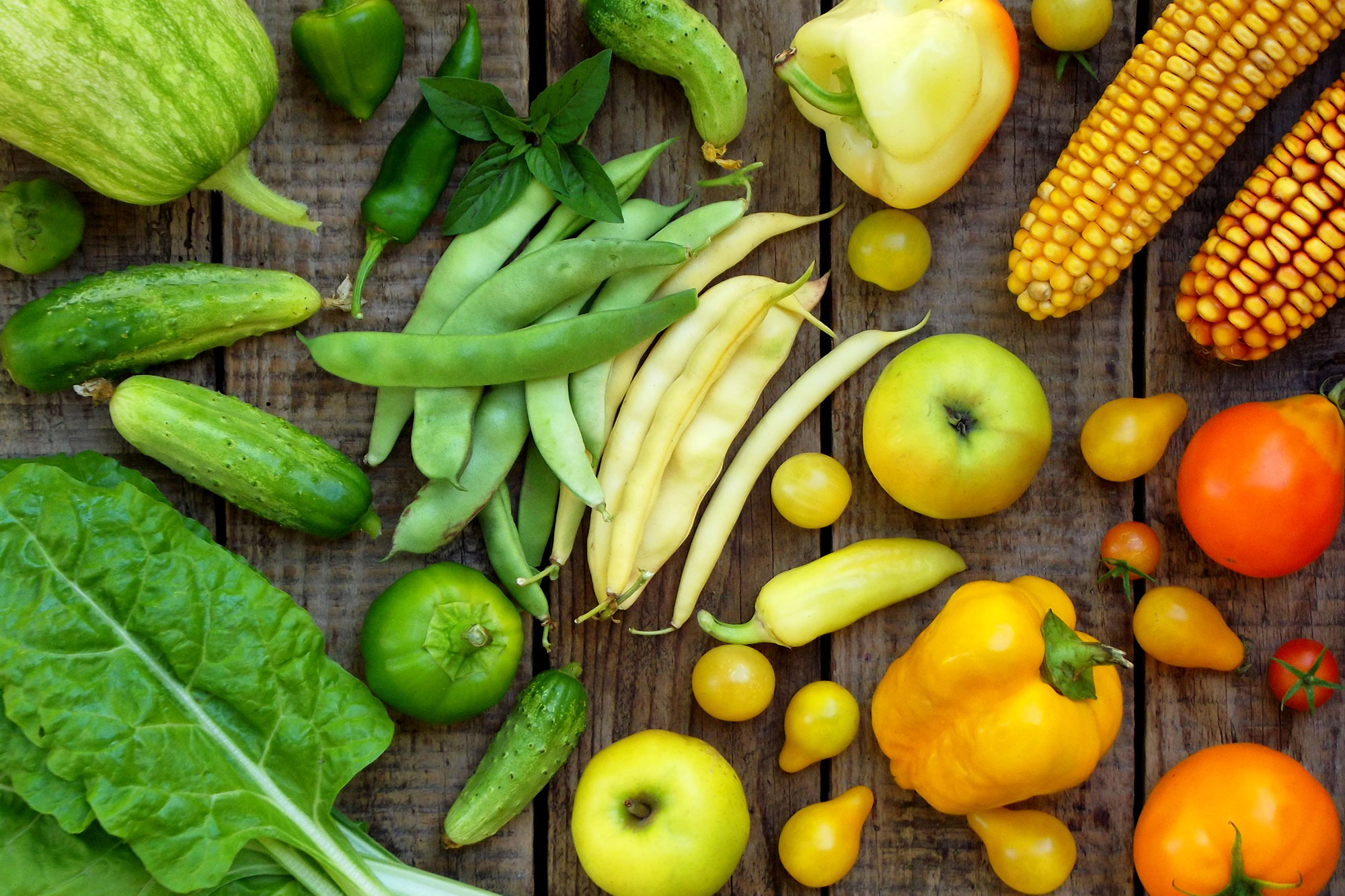The Allium group of plants include about 800 species. There are only a few that are known as edible crops and these have been grown for centuries to add flavour and goodness to food. The main Alliums that we are familiar with are onions, garlic, leeks, and spring onions and chives.
When to Plant
Most Alliums are best planted around the shortest day and harvested around the longest day. Although this is a good guide, the season is greatly extended when planted progressively from April to September depending on the region.
Onions
The main onions grown in the home garden are the red, white and brown onions.
Onion seed can be sown in beds or seed trays and transplanted when the seedlings are 10cm or so high. They should be planted 10-15cm apart in rows 20 to 30cm apart. Buying onions as seedlings in punnets is a convenient way to begin your onion growing. The seedlings are laid on the ground and the roots are just covered with soil. They will right themselves to be upright within a few days.
The onions will be ready to harvest in six to eight months. They are ready when the tops die off and the leaves dry and fall over. After they are pulled out they should be left in the sun for a few days. When the skin is quite dry the top is screwed off and the roots rubbed off. They can then be stored in wire baskets or mesh bags in a cool dry place.

Leeks
Leeks are easy to grow. Leeks can be planted from seedlings or sown in a seed tray and planted out after about 6 weeks. They have the mildest and sweetest flavour of the onion family, and there are lots of ways you can enjoy them in cooking.
Begin to harvest in 15 -18 weeks once they are large enough to use. Leeks can be left in the ground for a long period so do not need to be all harvested at once.

Garlic
Garlic is grown for its pungent bulb. It is easy to grow and is popular in kitchen creations.
Garlic cloves are available to be planted during autumn and winter for harvesting in late spring-summer. Plant in a nice sunny position with well-draining soil. Garlic plants are not ready to harvest for 7-8 months so choose a spot that will not interfere with the planting of other crops.
Planting Garlic Cloves
1- Separate the cloves and plant the largest ones into moist soil, 15 cm apart. Push them in, pointy end up, until they sit just below ground level.
2- Apply a slow-release fertiliser at planting and again three months later. In spring, apply a nitrogen-based fertiliser to fatten out the bulbs.
3- Don’t water the soil until the cloves have germinated, which should be about two weeks after planting. Water often enough to keep the soil moist but not cold and sodden.
4- Mulching helps to control weeds and to keep the soil moist. Apply about 3cm of mulch such as straw or sugarcane mulch.
Garlic plants are ready to harvest once the leaves change from green to brown and the flower stems begin to soften. Mostly the garlic bulbs are close to the surface and easily pulled out by the leaves. A garden fork may be needed to loosen the bulbs if they are a little deeper. Hang harvested garlic in a dry position with good air flow to allow bulbs to ‘harden’ and leaves to dry. Garlic can be stored in a dark, dry place for about 6 months.

Spring Onions
Unlike the normal globe onions, Spring Onions are grown for their slender white stems and leaves. They still have small edible bulb and the entire plant is filled with flavour and goodness. Spring Onions can be grown all year but they do enjoy the cooler months.
Spring Onions are easy to grow in the home garden. They do not need lots of space and are suitable to grow in pots and containers. They can be grown from seeds or purchased as seedlings or in small pots ready to plant. Spring Onions can be planted nice and close at 5mm apart. Harvest begins in 8 to 12 weeks. Spring Onions are not dried before use. Harvest, remove dry leaves to expose the white stems, remove roots, wash and use.
Chives
Chives are a great herb to grow in the home garden. There are so many great uses for the easy to harvest and tasty stems that give a fresh dash of green colour and mild onion flavour to salads, dishes and soups.
The two species of chives commonly grown in home gardens are common chives and garlic chives.
Common chives consist of clumps of small, slender bulbs that produce thin, tubular, blue-green leaves reaching 25cm – 35cm in height. The flowers are also edible and may be white, pink, purple, or red, depending on the variety.
Garlic chives look similar to common chives, but leaves are flatter, greener, and they grow to about 50cm in height. As their name suggests, their leaves have a mild garlic flavour. Flowers are white and are larger and less densely clustered than those of common chives. Garlic chives are not quite as cold hardy as common chives.
When planting Chives, plant in a clump with seedlings about 10cm – 15cm apart. Chives are easy to grow and are drought tolerant but consistent watering through the drier months will ensure lots of fresh and tasty stems to harvest. Chives are shallow growing plants and regular mulching will conserve water and help to control weeds. Use a good, organic, high nitrogen fertiliser in late spring to maintain good production for summer feasting. Divide chive clumps every few years go give plenty of room for fresh, new growth
Although most Alliums are in the garden for long periods of time, they not only supply a reliable source of tasty and goodness filled food for the household, but they look fantastic as they do this.

